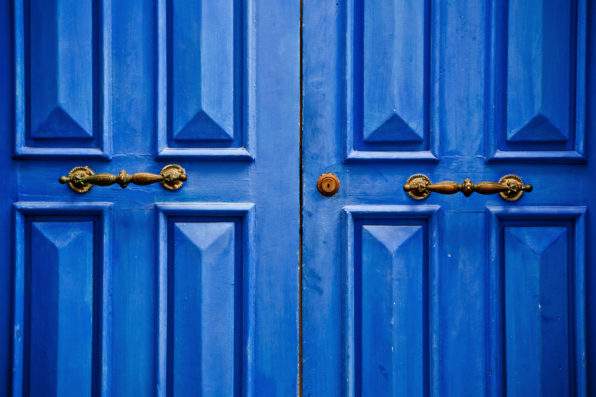The following column is the opinion and analysis of the writer, Katharina Buczek.
When it comes to colors, everyone has their own unique associations with different hues. Depending on past experiences or memories, the color blue might remind you of sprawling seashores or a depressing thunderstorm.
Regardless of our own connotations, though, this hue holds many spiritual meanings– both positive and negative. Plus, once we understand the symbolism behind blue, we can use it to our advantage.
Behind The Color Blue
Blue is often regarded as “the world’s favorite color” for quite obvious reasons. About 71% of the earth is made of water, a chemical compound that appears blue due to light refraction. And most days, blue skies also dominate much of our waking hours.
On the flip side, though, the hue does not always hold such light and airy associations. Many people use the word as an adjective– for instance, “I’m feeling a little blue”– to describe feelings of sadness. Even Pablo Picasso dedicated an entire series of paintings to this all-too-common feeling, calling this era in his career his “blue period.”
But, as with most things in life, the psychology behind the color blue is not so black and white. Instead, shades can also impact the hue’s meaning and symbolism.
Light blue, for instance, is known to be associated with truth and acceptance; meanwhile, indigo– which is a darker blue– has been tied to intuition.
Other positive meanings of the color blue as a whole include serenity, peace, healing, and calmness. Conversely, negative symbolism includes depression, coldness, loneliness, and melancholy.

Sign up for Chip Chick’s newsletter and get stories like this delivered to your inbox.


